34+ Sample Monthly Progress Report
-
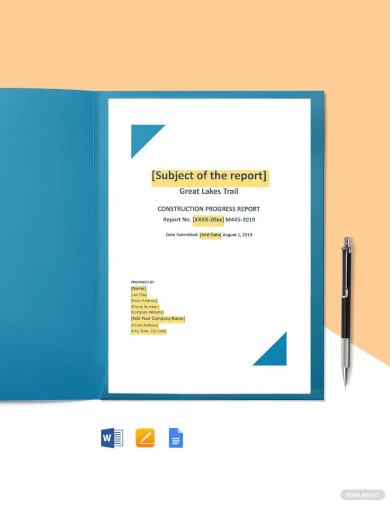
Monthly Construction Progress Report Template
download now -
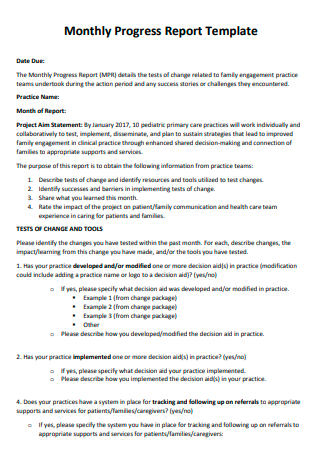
Monthly Progress Report Template
download now -
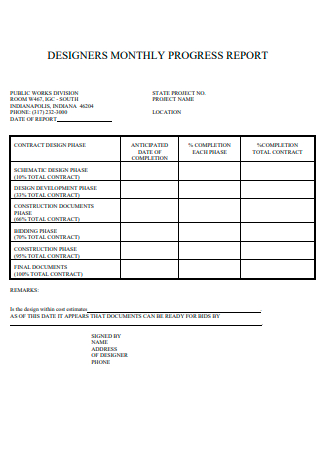
Designers Monthly Progress Report
download now -

Geographic Grantee Monthly Progress Report
download now -
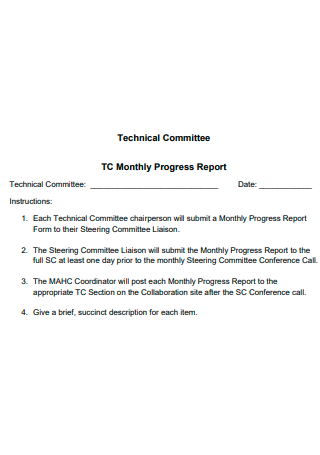
Technical Committee Monthly Progress Report.
download now -
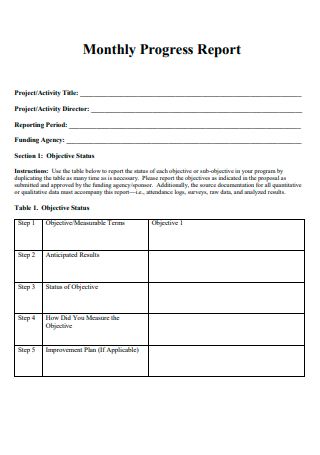
Monthly Progress Report Example
download now -
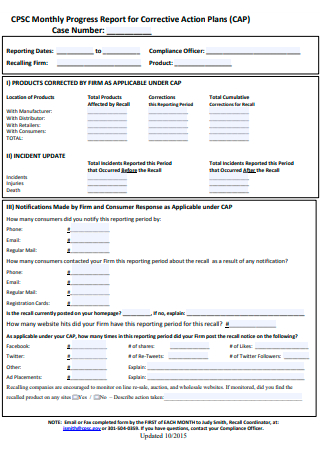
Monthly Progress Report for Corrective Action Plans
download now -
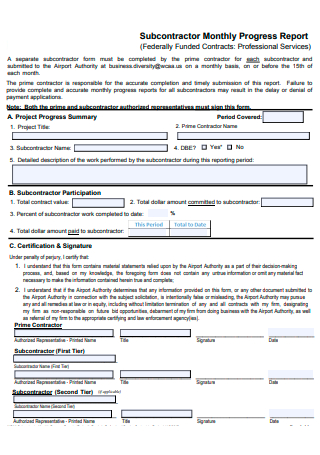
Subcontractor Monthly Progress Report
download now -

Monthly Progress Report in PDF
download now -
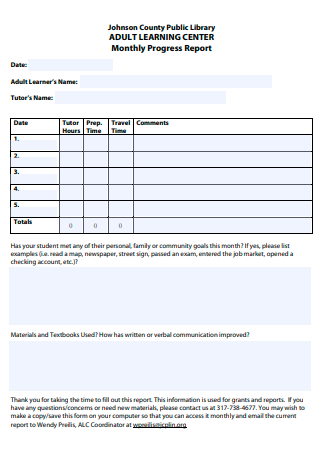
Formal Monthly Progress Report
download now -

Assistance Program Monthly Progress Report
download now -
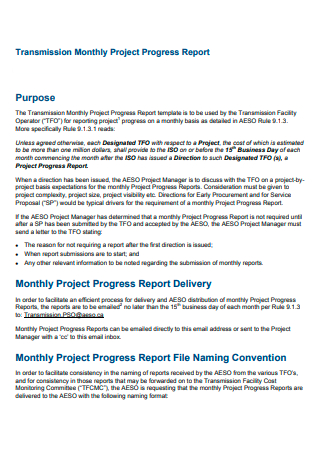
Transmission Monthly Project Progress Report
download now -
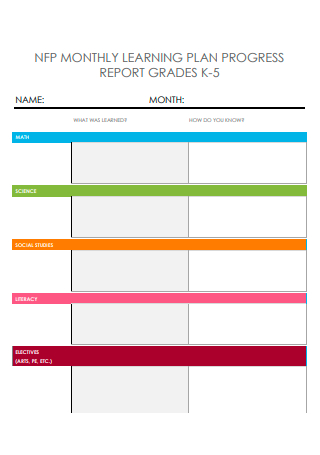
Monthly Learning Plan Progress Report
download now -
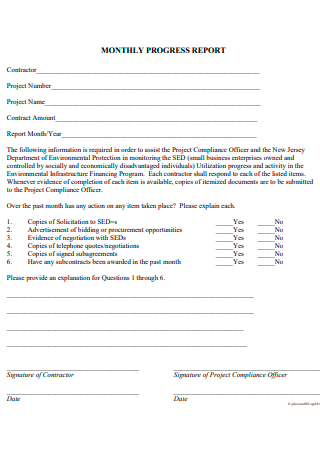
Sample Monthly Progress Report
download now -
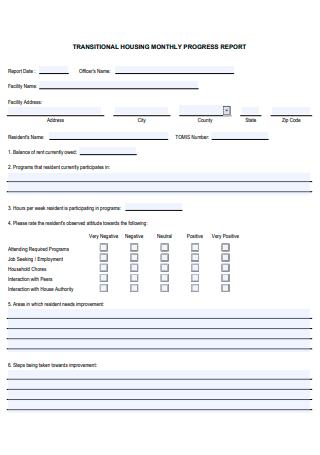
Transitional Housing Monthly Progress Report
download now -
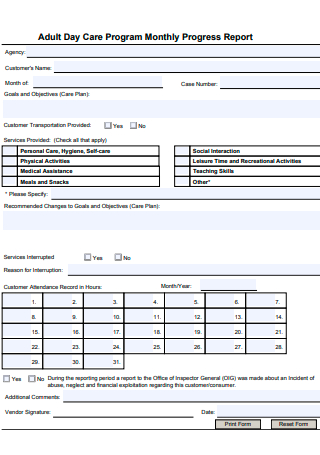
Adult Day Care Program Monthly Progress Report
download now -
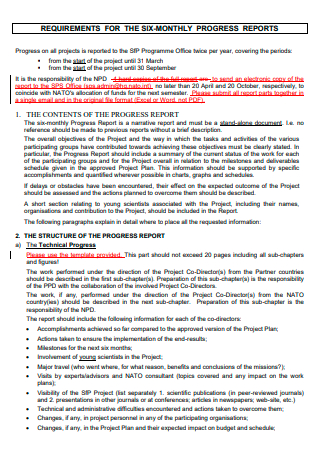
Six Monthly Progress Report
download now -
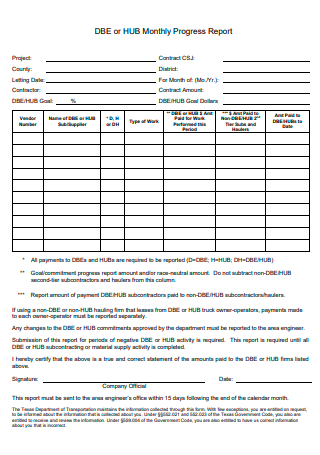
Standard Monthly Progress Report
download now -
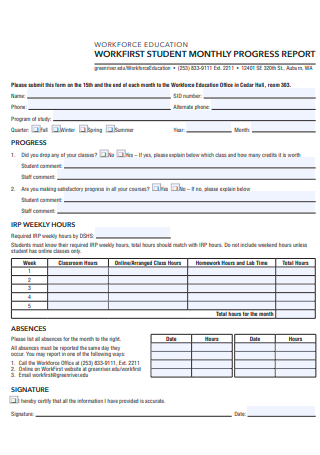
Student Monthly Progress Report
download now -
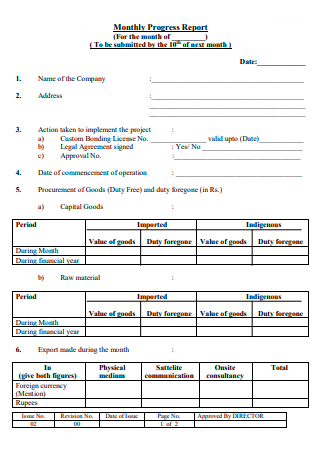
Printable Monthly Progress Report
download now -
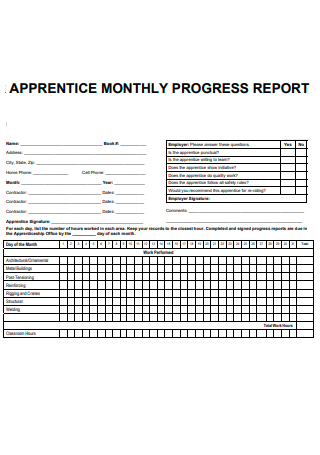
Apprentice Monthly Progress Report
download now -
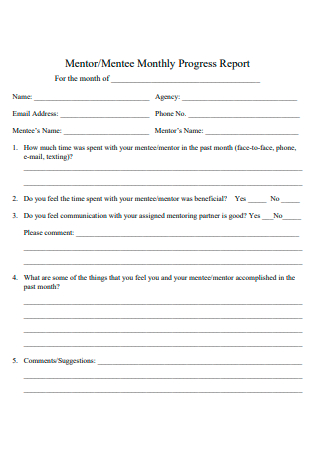
Mentor Monthly Progress Report
download now -
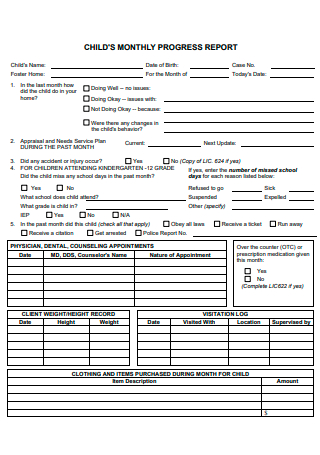
Childs Monthly Progress Report
download now -

Young Adult Housing Monthly Progress Report
download now -
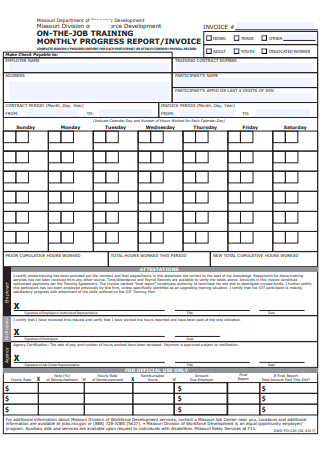
On the Job Training Monthly Progress Report
download now -
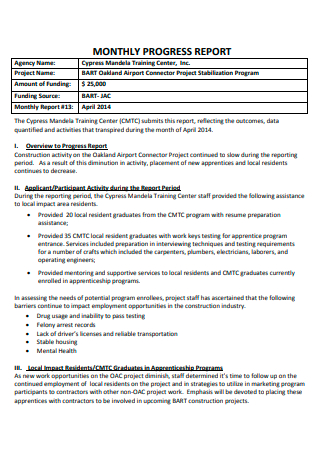
Monthly Progress Report Format
download now -
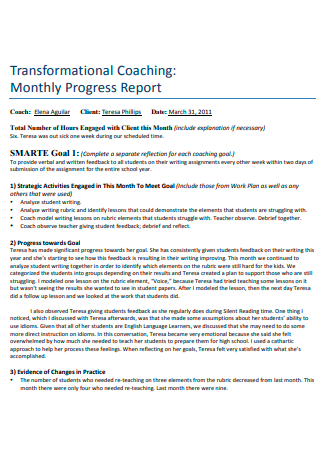
Transformational Coaching Monthly Progress Report
download now -
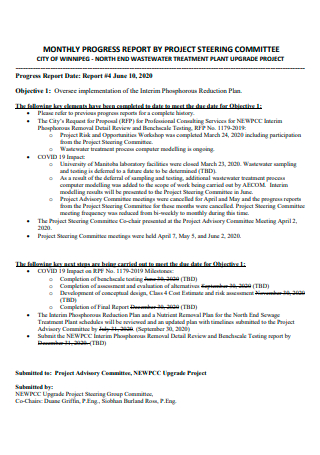
Project Committee Monthly Progress Report
download now -
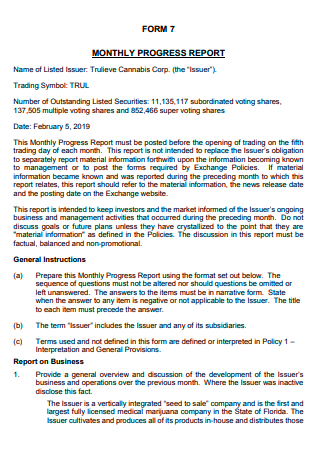
Monthly Progress Report Form
download now -
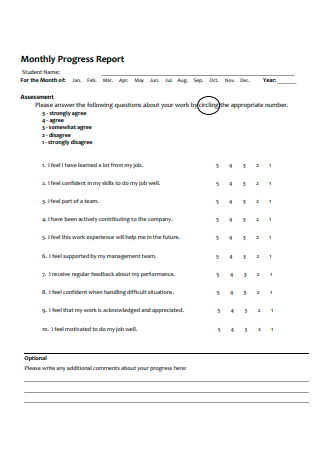
Basic Monthly Progress Report
download now -
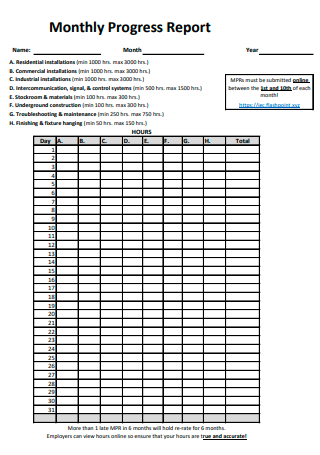
Draft Monthly Progress Report
download now -
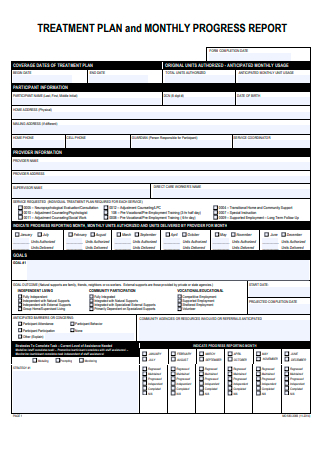
Treatment Plan and Monthly Progress Report
download now -
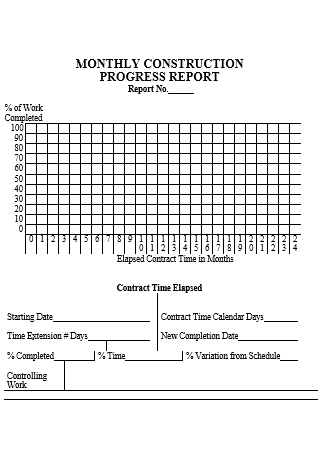
Monthly Construction Progress Report
download now -
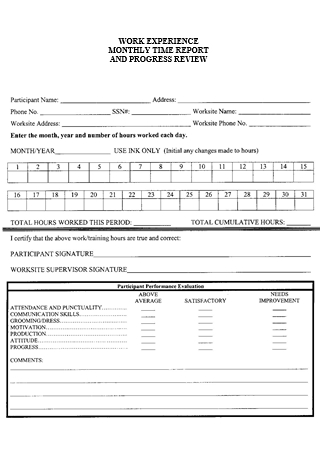
Monthly Time Progress Review Report
download now -
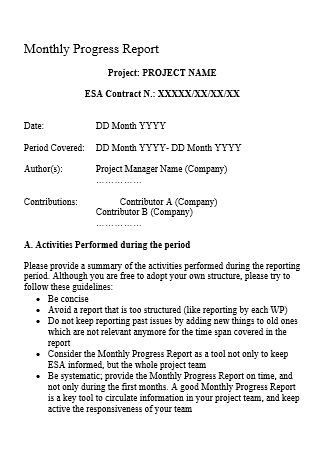
Monthly Progress Report in DOC
download now
FREE Monthly Progress Report s to Download
34+ Sample Monthly Progress Report
What Is a Monthly Progress Report?
Purpose of Monthly Progress Reports
Importance of Monthly Progress Report
How to Write a Monthly Progress Report
Qualities of an Essential Progress Report
FAQs
What is involved in a monthly progress report?
What types of monthly progress reports are there?
What makes a project status report distinctive?
What Is a Monthly Progress Report?
The Monthly progress report definition is a document that demonstrates your team’s progress toward finishing a project, according to the monthly progress report criteria. The scale and complexity of the project will determine how frequently the progress report should be submitted, such as daily, weekly, or monthly. Monthly project progress reports provide an overview of the project’s status, milestones achieved, responsibilities of each employee or team member, issues faced by various team members, and other important factors that affect project completion to either a supervisor, manager, team leader, colleague, or client. This report is essentially a project management plan and mechanism to prevent project failure.
Purpose of Monthly Progress Reports
A Monthly Project Status Report may be the most long-term reporting period accessible to a project manager, depending on the length of the project. As a result, they’re frequently most useful as general evaluation tools, with team members providing feedback on how tasks were performed. Situations that happen on a daily or monthly basis might appear either catastrophic or insignificant. After a month, it will be more obvious how important those events were, and your reactions to them will be a valuable tool for learning about your own and your team’s ability to handle problems.
Importance of Monthly Progress Report
The value of progress reports extends beyond keeping track of and managing several projects at the same time. Progress reports can also reveal how your team can work more efficiently to complete tasks. A well-structured progress report template helps the project manager to identify major issues impacting the team’s productivity and a project’s progress toward completion, in addition to providing a summary of the projects in progress. These findings may then be incorporated into a knowledge base that includes best practices for managing and executing future projects.
How to Write a Monthly Progress Report
Writing a monthly report is an effective way to communicate your accomplishments and ongoing initiatives to your boss. As you evaluate your most current performance and productivity levels, the report generation process may also offer you and your team responsibility. Monthly Reports should be concise yet thorough, outlining significant events and actions done as well as goals for the following month. If your organization or department doesn’t have a template, ask your boss if he has any recommendations for how your report should be written. Otherwise, this article has monthly progress report samples that you can make use of in the meantime. Check that the contents of the monthly progress report will still fall in line with your company.
Step 1: Title and Label
Make sure to clearly title and label your report with important information such as the kind of report, the time period covered by the report, the date of report submission, department or team name, and your own name to ensure that anybody reading it understands what it’s about. This will help to be identified when the supervisor will be reviewing your report. Without a proper title or label, then the report may have the tendency to be buried deep within other reports and can cause it to be misplaced.
Step 2: Present Accomplishments and Statuses
Use bulleted lists to quickly summarize everything that happened throughout the month, as well as the status of any ongoing initiatives. You can also make use of subheadings in order to divide the report and let it easily be read by the supervisor or the one in charge of the meeting. List out the accomplishments your company or project has and accordingly write the status of their current state. This will help readers to identify what was accomplished during the specific month at the course of the meeting. You may make use of a Monthly Accomplishment Report.
Step 3: Describe Goals for the Coming Month
Your monthly report should also include information on the planning you are undertaking for the next month. While this part does not have to be included nor elaborated, it should emphasize that you and your team have established ambitious goals for the near future. This will also be efficient for future sessions of a monthly report where you or another person is tasked to write out the monthly progress report in keeping track of the goals set for previous months as well as a comparison for the succeeding months on how long the project may have taken up.
Step 4: Provide Summary
Provide an overview of where things stand for your team or your personal work when it’s suitable. Its smart goal is to condense the main elements of a report into a single document. Your audience will grasp the major arguments you are making and the evidence you’re using without having to read the entire report after reading the summary. A summary paragraph should not exceed six to eight sentences in length. After you have completed a draft of the summary paragraph, read it over and modify it to make it concise and direct. Any statements or phrases that look redundant or repeated should be removed.
Step 5: Other Considerations
Your supervisor could want you to offer a quick financial overview of the month’s costs. Including a table within your paper may be the most effective approach to show your data. While the purpose of a monthly report is to offer a concise account of your actions for the month, it is also necessary to acknowledge colleagues who were members of your team or who supported you. Make sure they are named in the report, and that their names are spelled accurately. When writing a new report, go over prior ones. Certain projects and activities, such as submitting applications to state authorities, might take a long time to finish. Make sure you have a written record of all you have done and accomplished.
Qualities of an Essential Progress Report
A report should include all of the information that the relevant parties require. As a result, when writing a report, several guidelines are followed. These recommendations are just that: guidelines. The accountant should not feel compelled to follow a set of regulations that confines him to a chair. There are, however, a few guidelines he should bear in mind. Because of differences in top management’s ability to digest information and variances in the manner in which management wants that information, the guidelines will not apply in all instances. As a result, the following points are taken into account while preparing a report.
FAQs
What is involved in a monthly progress report?
A Monthly progress report includes a brief summary of the preceding month’s activities, as well as a list of the company’s outstanding tasks from the previous month, which may be compared to the progress made. The month’s accomplishments and goals for the following month are also included because they are essential information. Finally, difficulties and concerns should be communicated to supervisors, and a section in the progress report is a great place to do so.
What types of monthly progress reports are there?
The various varieties are monthly Status Reports that offer an update on the employee’s plans and activities to the supervisor. It will very certainly be forwarded to the supervisor’s management as information for his own report. A monthly project report follows. This report may not require as much detail as a weekly project report, but it does offer a high-level overview of the project’s progress. Finally, a monthly project report might serve as an update to the customer on the status of the project they are overseeing. The client may not have enough time to keep track of the project’s progress.
What makes a project status report distinctive?
A project status report is a document that summarizes a project’s progress over a certain period of time and compares it to the project plan. The costs and timeline for the project are summarized below. A list of things to do. Any difficulties or hazards, as well as what is being done to address them. To observe the differences between the two reports, look at the provided Monthly progress report example.
Tracking your monthly progress through a report will serve as an organizational tool that will help your company stay updated with the progress of a project or data that will serve helpful in knowing what they would need to change or revise. Additionally, it can also be used as a reference for future projects and meetings in knowing how long the project took and how the company addressed anything regarding the project.
